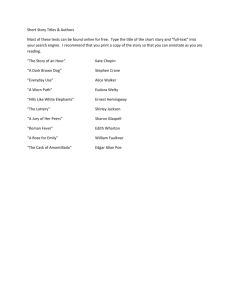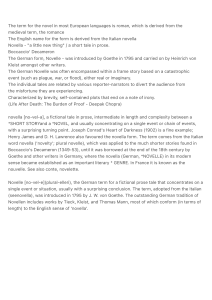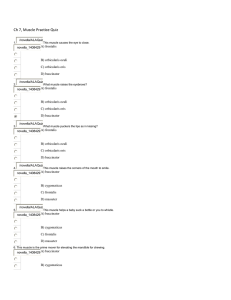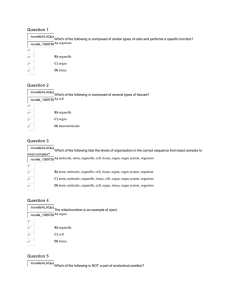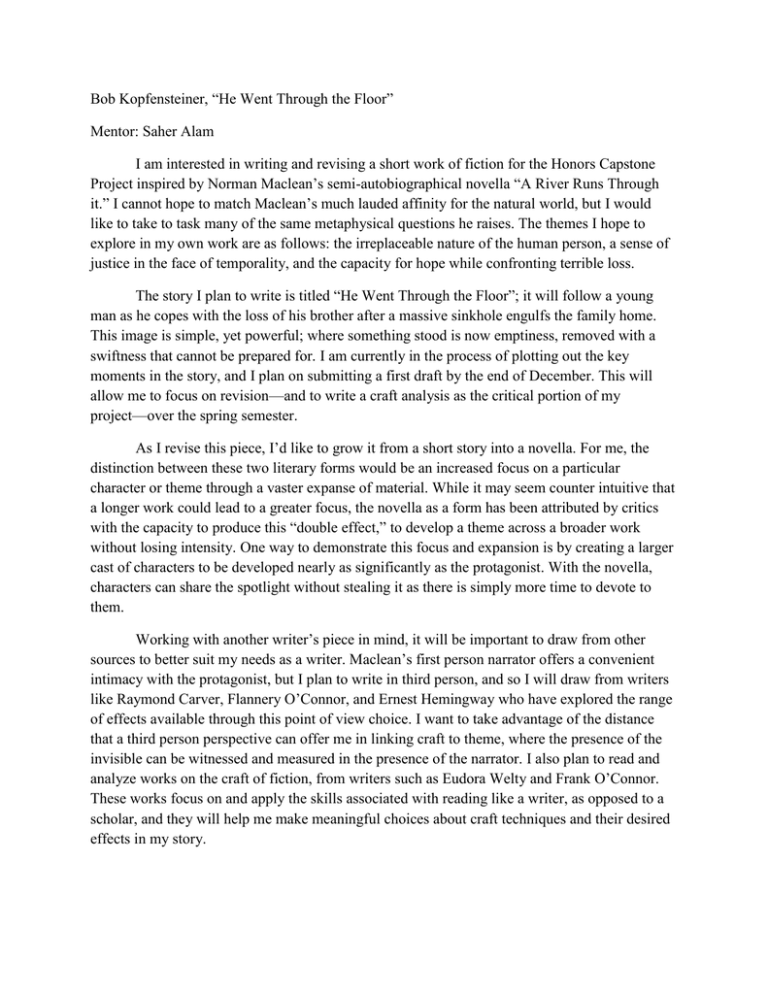
Bob Kopfensteiner, “He Went Through the Floor”
Mentor: Saher Alam
I am interested in writing and revising a short work of fiction for the Honors Capstone
Project inspired by Norman Maclean’s semi-autobiographical novella “A River Runs Through
it.” I cannot hope to match Maclean’s much lauded affinity for the natural world, but I would
like to take to task many of the same metaphysical questions he raises. The themes I hope to
explore in my own work are as follows: the irreplaceable nature of the human person, a sense of
justice in the face of temporality, and the capacity for hope while confronting terrible loss.
The story I plan to write is titled “He Went Through the Floor”; it will follow a young
man as he copes with the loss of his brother after a massive sinkhole engulfs the family home.
This image is simple, yet powerful; where something stood is now emptiness, removed with a
swiftness that cannot be prepared for. I am currently in the process of plotting out the key
moments in the story, and I plan on submitting a first draft by the end of December. This will
allow me to focus on revision—and to write a craft analysis as the critical portion of my
project—over the spring semester.
As I revise this piece, I’d like to grow it from a short story into a novella. For me, the
distinction between these two literary forms would be an increased focus on a particular
character or theme through a vaster expanse of material. While it may seem counter intuitive that
a longer work could lead to a greater focus, the novella as a form has been attributed by critics
with the capacity to produce this “double effect,” to develop a theme across a broader work
without losing intensity. One way to demonstrate this focus and expansion is by creating a larger
cast of characters to be developed nearly as significantly as the protagonist. With the novella,
characters can share the spotlight without stealing it as there is simply more time to devote to
them.
Working with another writer’s piece in mind, it will be important to draw from other
sources to better suit my needs as a writer. Maclean’s first person narrator offers a convenient
intimacy with the protagonist, but I plan to write in third person, and so I will draw from writers
like Raymond Carver, Flannery O’Connor, and Ernest Hemingway who have explored the range
of effects available through this point of view choice. I want to take advantage of the distance
that a third person perspective can offer me in linking craft to theme, where the presence of the
invisible can be witnessed and measured in the presence of the narrator. I also plan to read and
analyze works on the craft of fiction, from writers such as Eudora Welty and Frank O’Connor.
These works focus on and apply the skills associated with reading like a writer, as opposed to a
scholar, and they will help me make meaningful choices about craft techniques and their desired
effects in my story.
Bibliography:
Bell, Madison Smartt. Narrative Design: Working with Imagination, Craft, and Form. New
York: W.W. Norton &, 2000. Print.
Carver, Raymond. Where I'm Calling From: New and Selected Stories. New York: Vintage,
1989. Print.
Chekhov, Anton Pavlovich, and Ronald Wilks. The Lady with the Little Dog and Other Stories.
London, England: Penguin, 2002. Print.
Delbanco, Nicholas. The Sincerest Form: Writing Fiction by Imitation. Boston, MA: McGrawHill, 2004. Print
Hallman, J. C. The Story about the Story: Great Writers Explore Great Literature. Portland, Or.:
Tin House, 2009. Print.
Leibowitz, Judith. Narrative Purpose in the Novella. The Hague: Mouton, 1974. Print.
Maclean, Norman. A River Runs through It, and Other Stories. Chicago: University of Chicago,
1976. Print.
O'Connor, Flannery. The Complete Stories. New York: Noonday, 1990. Print.
O'Connor, Frank. The Lonely Voice: A Study of the Short Story. Hoboken, NJ: Melville House
Pub., 2004. Print.
Pierce, Todd James. Behind the Short Story: From First to Final Draft. New York: Pearson
Longman, 2007. Print.
Porter, Katherine Anne. The Collected Stories of Katherine Anne Porter. New York: Harcourt,
Brace & World, 1965. Print.
Sexton, Adam. Master Class in Fiction Writing: Techniques from Austen, Hemingway, and
Other Greats : Lessons from the All-star Writer's Workshop. New York: McGraw-Hill,
2006. Print.
Welty, Eudora. The Eye of the Story: Selected Essays and Reviews. New York: Vintage, 1990.
Print.



